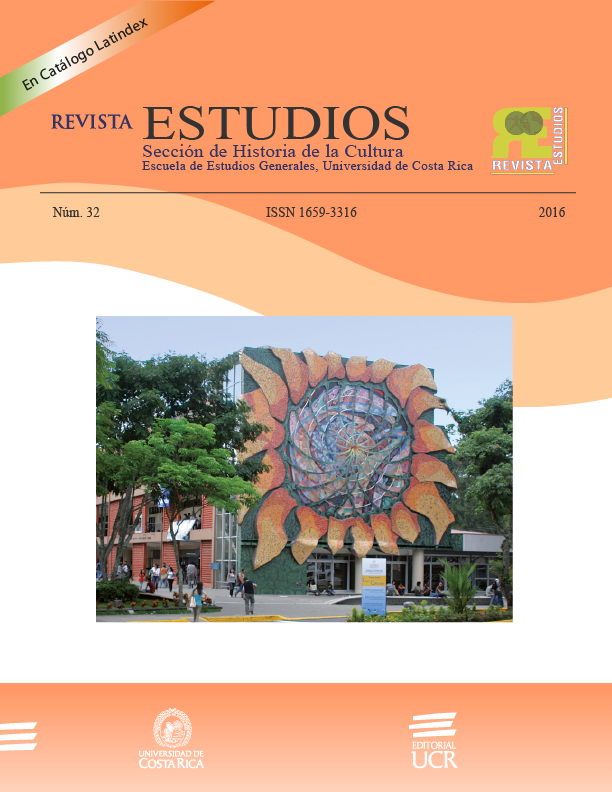Abstract
In this article, based in the monstrosity manifested in some of Edgar Allan Poe's narrations, we try to explain the meaning of the contruction and rise of monstrosity, presented in these events and characters found in the author's narrations. Not pretending to establish in a comparative way between Poe's production and his biography as a writer, the truth is that the tragic events that surround his narrative seems to confuse in some other way his production, with a pesimist position. In accounts like: "William , "The Black Cat", "Berenice" among others emerges an idea of a monster that surrounds the story or the character's configuration. The plot of the production as the relevant facts of monstrosity in each one of the tales; have something in common: the monster.References
Allan Poe, Edgar. Eureka, Marginalia, La filosofía de la composición. Emecé Editores. Buenos Aires, 1944.
Allan Poe, Edgar. Cuentos completos (volumen I) Círculo de lectores. Bogotá, Colombia, 1956.
Bonaparte, Marie. Edgar Poe. Sa vie-son oeuvre.Étude analytique (volumen III). Presses Universitaires de France. Paris, 1958.
Ingram, John H. Edgar Allan Poe. Vida y obra. Editorial Lautaro. Buenos Aires, 1944.
Lennig, Walter. Edgar Allan Poe. Biblioteca Salvat. Barcelona, 1985.
Lindsay, Philip El poseso. Retrato de Edgar Allan Poe. Editorial Sur. Buenos
Aires, 1956.
Wagenknecht, Edward. Edgar Allan Poe. The man behind the legend. New York Oxford University Press. New York, 1963.

